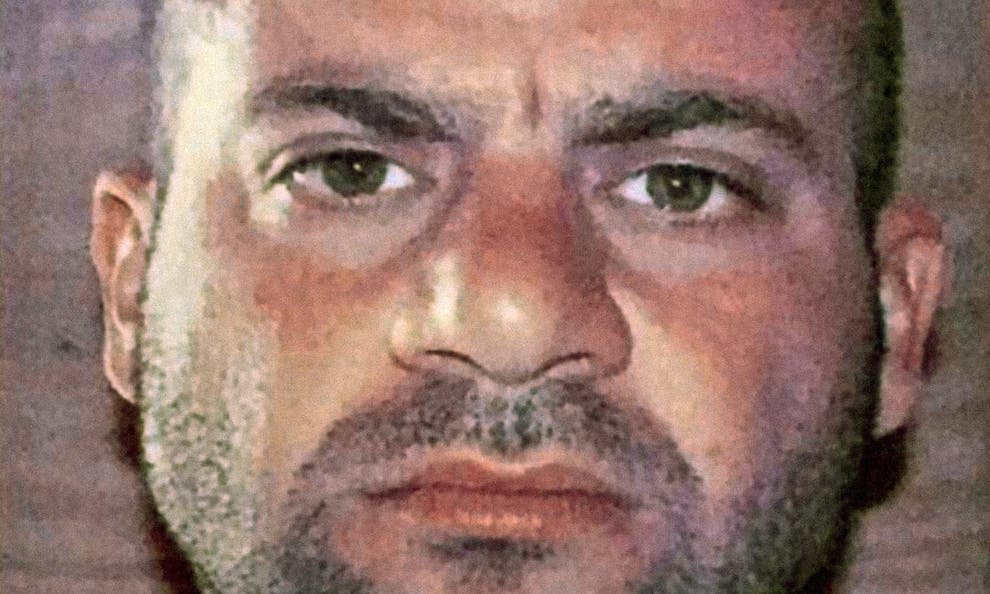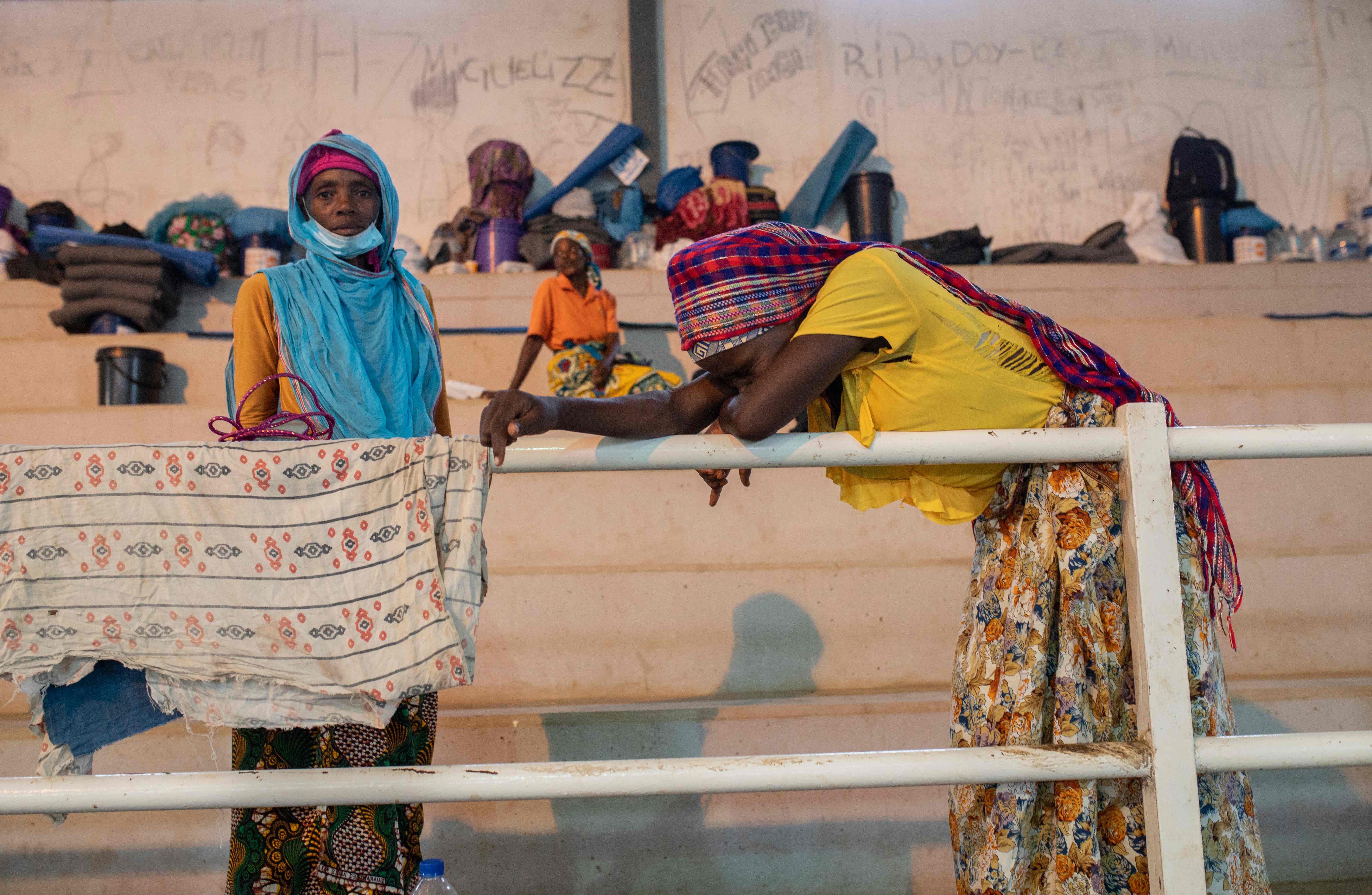The ‘canary caliph’: how Isis leader betrayed his fellow jihadists to US interrogators
US interrogators said Sa’id Abd Al Rahman al-Mawla ‘sang like a bird’ while behind bars

Your support helps us to tell the story
From reproductive rights to climate change to Big Tech, The Independent is on the ground when the story is developing. Whether it's investigating the financials of Elon Musk's pro-Trump PAC or producing our latest documentary, 'The A Word', which shines a light on the American women fighting for reproductive rights, we know how important it is to parse out the facts from the messaging.
At such a critical moment in US history, we need reporters on the ground. Your donation allows us to keep sending journalists to speak to both sides of the story.
The Independent is trusted by Americans across the entire political spectrum. And unlike many other quality news outlets, we choose not to lock Americans out of our reporting and analysis with paywalls. We believe quality journalism should be available to everyone, paid for by those who can afford it.
Your support makes all the difference.The current leader of Isis betrayed his fellow jihadists and the secrets of his organisation to his American interrogators while in captivity, enabling western forces to carry out successful operations to arrest and kill “high value” targets.
Such was his eagerness to inform on other Islamists that Sa’id Abd Al Rahman al-Mawla became known as the “canary caliph” while behind bars, “singing like a bird” according to one analyst who said the revelations were bound to sow deep discord within Isis.
Newly released intelligence files show that the questioning of al-Mawla at an American prison, Camp Bucca, in British-administered southern Iraq in 2008, revealed his hostility towards foreign fighters who had begun to arrive in the Middle East in large numbers at the time.
They also show that he was fundamentally opposed to women taking part in an armed struggle.
Abu Jasim Abu Qaswarah, then the deputy leader of the Islamist State in Iraq, which later became Isis, was among those whose details were passed on by al-Mawla. Abu Qaswarah, a Swedish-Moroccan Islamist who had recruited volunteers in Scandinavia to fight in Iraq, subsequently died in a firefight with the Americans in Mosul.
Read more:
The prisoner, the reports state, drew a layout of Abu Qaswarah’s camp west of Mosul, helped identify him through his various pseudonyms, and described a trusted courier used by Abu Qaswarah, including the man’s physical appearance, the vehicles he used, and places he frequented.
Abu Qaswarah’s death helped al-Mawla reach the apex of jihadist hierarchy, succeeding Abu Bakr al-Baghdadi with the nom-de-guerre of Al Hashimi Al Qurash after the Isis chief was killed in a US special forces operation two years ago.
Al-Mawla, who is 44 years old and married with a son, had served for 18 months as a conscript in Saddam Hussein’s army before being arrested after being accused of taking part in the insurgency which followed the American and British occupation. He was freed in 2009 in reward for being an informer, and promptly joined al-Qaeda.
Haroro Ingram, a senior research fellow at George Washington University’s programme on extremism, held that the tranches of documents would “really shake trust” in the leadership of Isis among its fighters.
“What the documents potentially reveal is that the Islamic State has a rat problem. And it’s at the top. You’ve essentially got the canary caliph sitting there,” he said.

Washington has put a bounty of $10m on al-Mawla’s head. The Isis commander is accused of being one of the key figures in the persecution of the Yazidi community in Iraq. More than 5,000 Yazidis were killed, and hundreds of girls and women sold off into sexual slavery, as Isis took over territory in the Sinjar region.
Al-Mawla is also said to be the driving force behind the spread of the group’s affiliates outside the Arab world, especially in Africa, where there has been a dramatic rise in violence, the most recent example of which was seen in an Islamist offensive in Mozambique, with civilians, some of them children, beheaded.
The allied Islamist organisations, including those in southeast Asia, Pakistan and Afghanistan, Libya, Mali, the Central African Republic, and Mozambique, swear personal allegiance to al-Mawla as the ‘caliph’ as well as to Isis.
The 56 tactical interrogation reports (TIRs) are the second set of hitherto classified documents relating to al-Mawla’s detention in 2008 to be released by the US administration through the US military academy at West Point by the Combat Terrorism Centre.
The first, smaller, tranche last year disclosed how he supplied information on 88 militants.
The new documents reveal that al-Mawla provided a breakdown of the Islamist group’s set-up in its then main base, Mosul, charting its military, internal security, administrative and propaganda structures. He “mapped out the entire Isis leadership in Mosul”, said the US State Department.
The man who is now the chief of Isis gave his captors locations where his jihadist comrades could be tracked down, such as the Hay al-Samar market in the city, where they socialised and met for lunch.
“In several reports, al-Mawla advised US forces of the best times of day to find ISIS members in different locations around Mosul, for example describing a specific cafe where operatives met daily,” the US State Department said.
The interrogation reports show that at one stage al-Mawla tried to create a “computer composite facial sketch” of a Saudi jihadist fighter known as Jar Allah. His descriptions of some fellow Islamists, to help in their identification, included descriptions such as “chubby cheeks”, “accented Arabic”, “prescription glasses with silver frames”, a “pot belly”, and in the case of one associate, “waddles when he walks”.
Al-Mawla was particularly prolific in providing information about the group’s media team, Al-Furqan, which was carrying out propaganda work. He made their location clear to western intelligence officers, pointing out that “there is a sign above the office which says ‘wedding videos’ but the office never produces wedding videos”. He added that “the best time to catch someone at the office is 1000 to 1200 daily except Friday”.
The Camp Bucca inmate provided information on Al-Furqan personnel, with details down to where they parked their cars, focusing on the propaganda chief, Sheikh Hakim, also known as Abu Sara.
The propaganda arm is supposed to issue the Isis leader’s speeches, but al-Mawla has yet to present one since he took over the role in October 2019.
Subscribe to Independent Premium to bookmark this article
Want to bookmark your favourite articles and stories to read or reference later? Start your Independent Premium subscription today.
Join our commenting forum
Join thought-provoking conversations, follow other Independent readers and see their replies
Comments